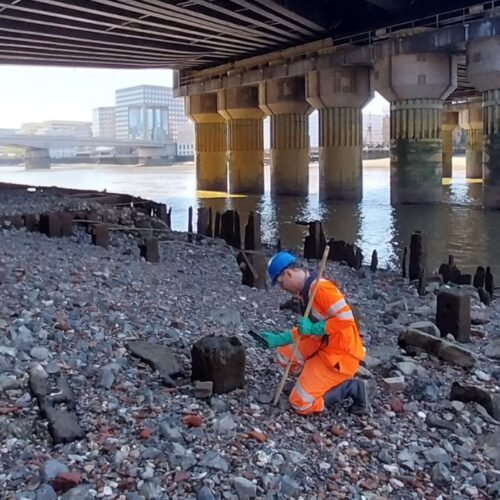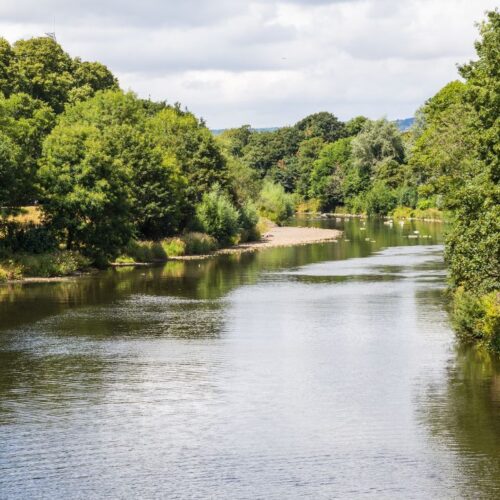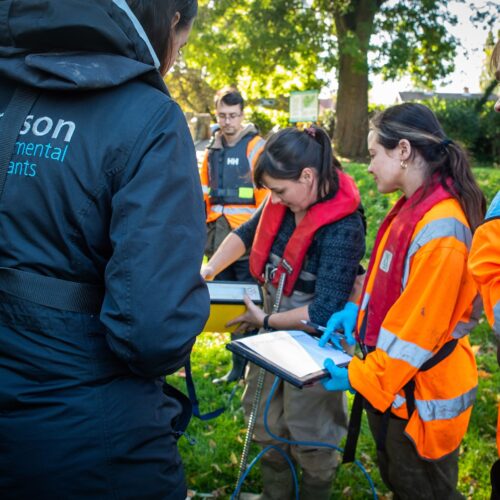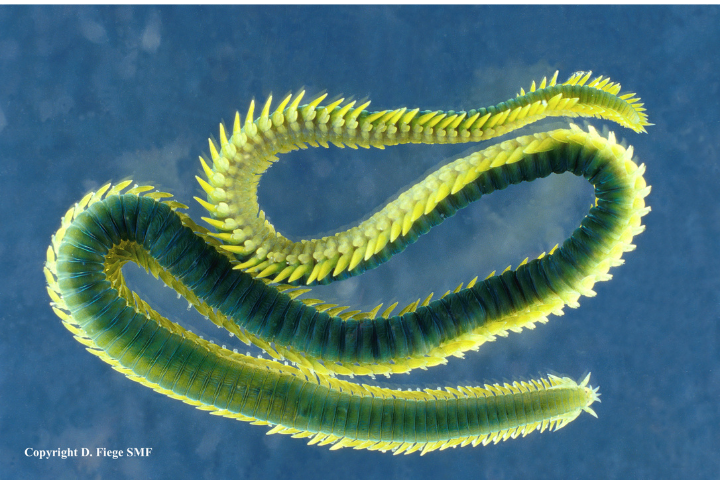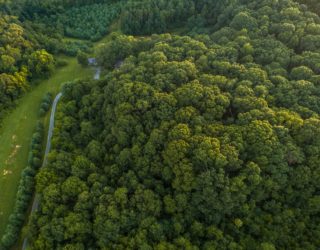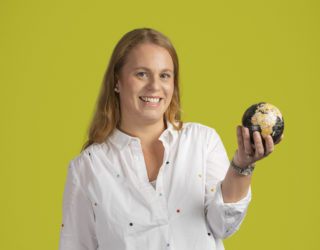A day in the life of…Dale Irvine, Biologist, on a day of marine surveying.
05:00
Time and tide wait for no man. I start the day with a strong coffee and some breakfast before heading out for a day of grab sampling on the Thames estuary, part of the enabling works that are supporting a large infrastructure development project. The sun is already up and it looks like it’ll be another gorgeous day. I meet with Jo, the other surveyor on the project, at the site office and we check in with the site manager and run through our plan for the day. We gather up all the kit we’re going to need on the boat and set off to meet with the crew.
06:00
We load our gear and sign into our safe working app, which keeps the project manager updated with our location and sends out alerts if we get into difficulty. We set off to our first site of the day. We’ve prioritised the collection of the deepest samples, from the centre of the shipping lane, around low tide, when there will be the least traffic, thereby maximising efficiency by minimising the amount of repositioning around other river traffic that shall be required.
We arrive early and use our handheld GPS to direct the skipper and let the boat crew know when to drop the grab. I work with a deckhand to empty the grab into our labelled containers, calling out descriptions of the sediment for Jo to record onto our TIM site, which stores our data and helps to keep the client and project manager up-to-date. For this project, we’re carrying out macrofauna, particle size and chemical analyses. The process needs to be carried out 8 times per site. We quickly fall into a rhythm and, before long, the four of us have the site finished and we’re off to the next. One down, two to go.
09:30
Having collected our samples for the day, we head back to shore to store some of our samples in the fridge. Whilst at the site office we update the project manager and site manager, letting them know how sample collection went, over a cup of coffee.
10:30
After our meetings, we head back to the shoreline to begin processing the macrofauna samples. This involves photographing and washing the samples over a large 0.5mm sieve, eliminating the finest sediment and animals too small to identify. Reducing the size of the samples also means that we need to use a much smaller amount of Formalin to preserve the samples. As you can imagine, washing mud is a very dirty job, we have quite a bit of kit to clean afterwards.
14:00
With all of today’s samples collected and stored, we head back for a debrief and to prepare our kit for tomorrow. We package up the samples for a courier to transport to a chemical lab for testing and label all of our containers for tomorrow, forty-five of them. After a quick discussion with the boat crew, we have a plan for tomorrow; with the tides being an hour later this, thankfully, means a 6am start, practically a lie-in.
Get in touch
The Thomson marine team provides specialist support for both off-shore and near shore developments and are experts in the analysis of marine macrobenthic samples with a dedicated team of marine taxonomists and full laboratory facility. Please don’t hesitate to Contact us if we can be of assistance.


